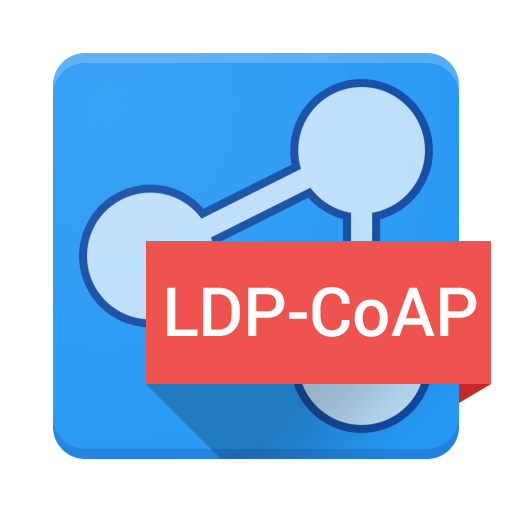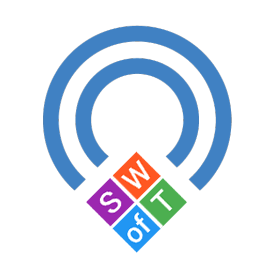
The Semantic Web of Things (SWoT) is an emerging vision in Information and Communication
Technology (ICT), joining together some of the most important paradigms of the decade: the
Semantic Web and the Internet of Things.
M. Ruta, F. Scioscia, E. Di Sciascio. Enabling the Semantic Web of
Things: framework and architecture, 6th IEEE Int. Conf. on Semantic Computing (ICSC
2012).
The Semantic Web initiative aims at allowing available information in the World Wide
Web to be seamlessly shared, reused and combined by software agents. Each available resource
in the semantic-enabled Web should be properly described in order to infer new information
from the one stated in the semantically annotated resource descriptions.
T. Berners-Lee, J. Hendler, O. Lassila, The semantic Web,
Scientific American 284 (5) (2001) 28-37.
The Internet of Things vision promotes on a global scale the ubiquitous computing
paradigm. In ubiquitous and pervasive contexts, intelligence is embedded into objects and
physical locations by means of a large number of heterogeneous micro-devices, such as RFID
tags or sensors, each conveying a small amount of information. Due to space, power and cost
constraints, devices are usually endowed with very low storage, little or no processing
capabilities and short-range, low-throughput wireless links allowing only a simple
service/resource fruition.
ITU, Internet Reports 2005: The Internet of Things (November
2005).
Ideas and technologies borrowed from the Semantic Web vision may allow to overcome these limitations. In fact the SWoT vision enables knowledge-based systems that achieve high degrees of autonomic capability for information storage, management and discovery, also providing transparent access to information sources in a given area.
Tools that enable the SWoT vision
Applications powered by our research
SisInfLab people interviewed by Radio Frequenza Libera.
Dr. Michele Ruta and SWoT@SisInfLab people interviewed in The cornerD programme of Radio Frequenza Libera on Monday, February 3rd, 2014.




